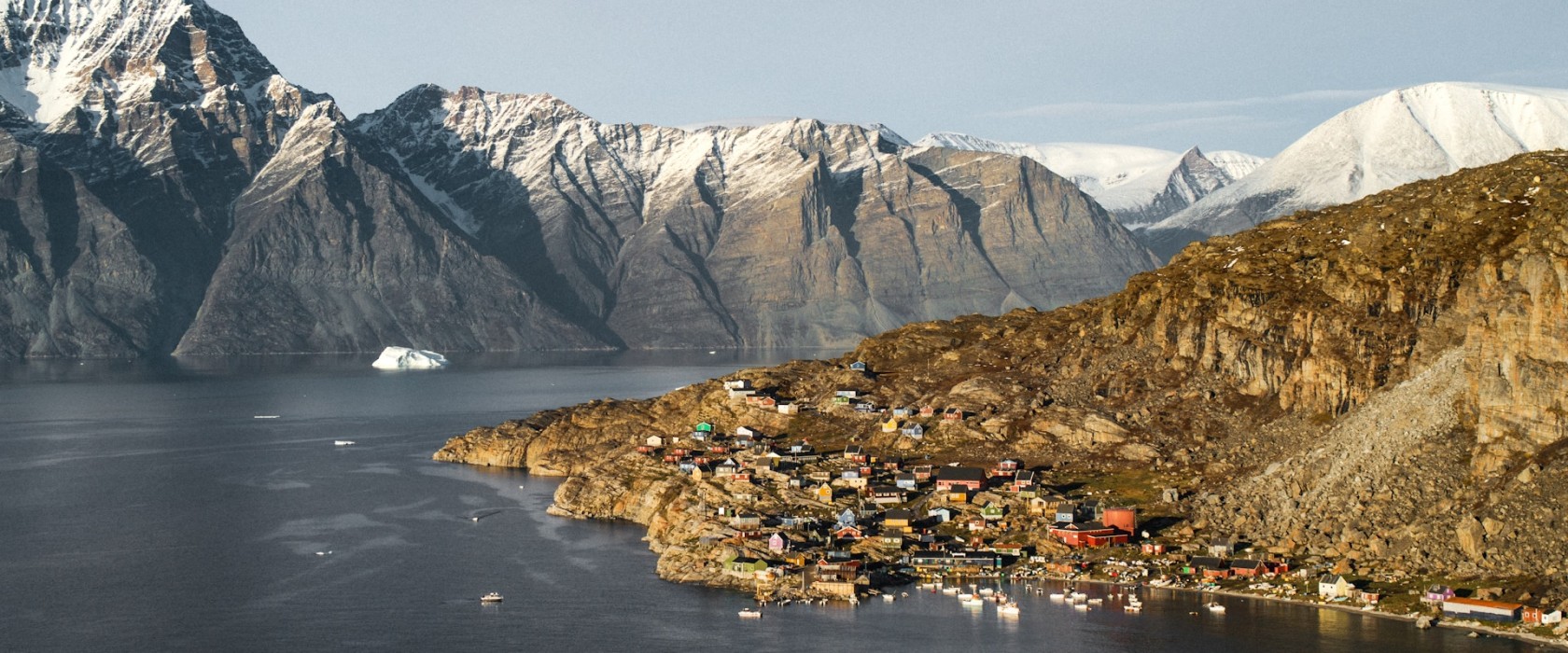In a bold strategic move, Greenland’s Minister for Business and Mineral Resources has called on the United States and European nations to increase their investments in the island’s mining sector, or risk allowing China to expand its influence over Greenland’s vast reserves of critical minerals.

The minister’s message was clear: “If the West doesn’t step up, Greenland will look East.” This statement underscores the geopolitical and economic stakes of mineral resource development in one of the world’s most resource-rich yet underdeveloped frontiers.
Greenland: A Frontier of Untapped Mineral Wealth
Greenland, an autonomous territory of the Kingdom of Denmark, is rich in rare earth elements (REEs), uranium, zinc, copper, nickel, and cobalt—resources vital for the green energy transition, electric vehicles (EVs), and high-tech industries. As climate change accelerates Arctic ice melt, it is also opening new access to these mineral-rich areas.
Key mineral hotspots include:
-
Kvanefjeld Project: One of the world’s largest undeveloped deposits of rare earths and uranium
-
Motzfeldt Complex: Contains niobium, tantalum, and zirconium
-
Citronen Fjord: One of the largest undeveloped zinc-lead deposits
-
Disko Island: Believed to hold nickel-copper-cobalt resources similar to Norilsk, Russia
Urgency for Western Support
The Greenlandic government has expressed concern that despite the strategic significance of its resources, Western investments remain limited, slow-moving, or risk-averse. This has opened the door for China, which has already shown strong interest in Greenland’s mining potential and has deep capabilities in the critical minerals supply chain.
Greenland’s leadership has urged the US, EU, Canada, and allied countries to:
-
Provide strategic investments and public-private partnerships
-
Establish secure mineral supply agreements
-
Facilitate infrastructure development, such as ports, roads, and processing facilities
-
Support environmentally responsible mining practices
Without this support, the Greenland government warns it may have no choice but to turn to Chinese companies, many of which are already actively bidding or exploring Greenlandic mining ventures.
Why the West Should Care
The push from Greenland comes amid intensifying global competition for control over critical mineral supply chains. China currently dominates up to 90% of global rare earth processing, creating vulnerabilities for Western nations seeking to secure independent access to essential materials.
Investing in Greenland would:
-
Help the US and EU diversify sources of critical minerals
-
Secure access to rare earths without relying on China
-
Strengthen geopolitical presence in the Arctic region
-
Promote environmental and social standards in resource development
-
Support Greenland’s goal of economic self-sufficiency beyond fishing and tourism
Challenges to Overcome
Despite its potential, Greenland’s mining industry faces challenges:
-
Harsh Arctic environment and logistical complexities
-
Limited infrastructure and high transport costs
-
Sensitivities around indigenous rights and environmental conservation
-
Domestic debates over uranium and radioactive materials
To succeed, any foreign investor must collaborate closely with Greenland’s government and local communities, ensuring sustainable and culturally respectful development.

